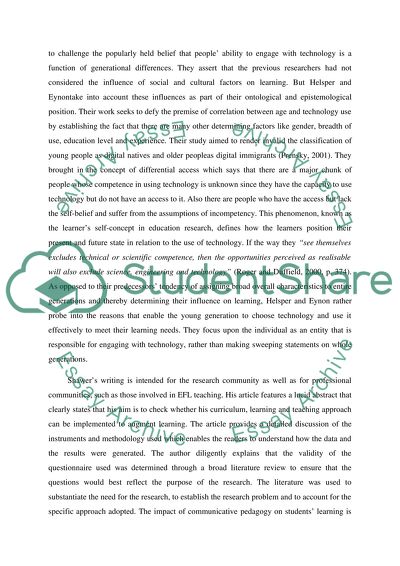Cite this document
(“Paradigm Positions Essay Example | Topics and Well Written Essays - 2000 words”, n.d.)
Retrieved from https://studentshare.org/education/1626773-paradigm-positions
Retrieved from https://studentshare.org/education/1626773-paradigm-positions
(Paradigm Positions Essay Example | Topics and Well Written Essays - 2000 Words)
https://studentshare.org/education/1626773-paradigm-positions.
https://studentshare.org/education/1626773-paradigm-positions.
“Paradigm Positions Essay Example | Topics and Well Written Essays - 2000 Words”, n.d. https://studentshare.org/education/1626773-paradigm-positions.


